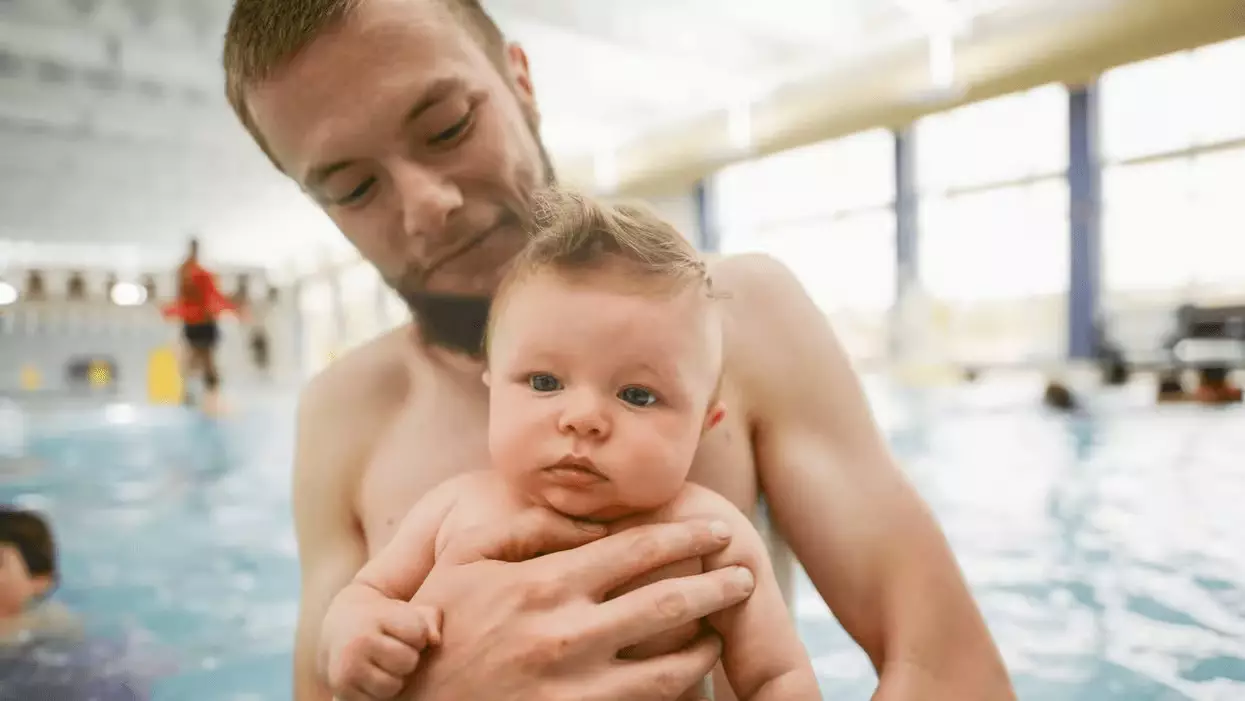As parents, we constantly strive to provide our children with skills that promote safety and independence. One of the most critical skills a child can acquire is swimming. The innate curiosity of toddlers to explore their environment is a double-edged sword—while it fuels their growth and learning, it can also lead to dangerous situations, particularly around water. Understanding the need for early swimming lessons not only enriches children’s lives but can also protect them from the serious risk of drowning. Research from the American Academy of Pediatrics (AAP) solidifies the benefits of swimming lessons for children as young as one year old, showcasing how essential these lessons can be.
When Should Children Begin Their Swimming Journey?
The common perception is often that swimming lessons should be postponed until children are older, but the AAP asserts that starting as early as their first birthday can be advantageous. Although children can start lessons at different ages based on their individual development, introducing them to water before the age of four is also highly recommended. Parents should keep in mind that the child’s emotional readiness, physical capabilities, and cognitive development are key factors in determining when to begin formal swimming instruction.
Despite the push for infant swimming classes, it’s important to note that the AAP has found no evidence supporting the effectiveness of swim lessons for infants under one year in reducing drowning risks. However, engaging in water-play classes with parents can serve as a wonderful introductory experience, allowing both infants and caregivers to acclimate to water safely. This initial exposure can also set the stage for more structured lessons as the child matures.
The Role of Supervision and Safety Precautions
Swimming lessons can significantly enhance a child’s safety around water, but complacency can be dangerous. The value of adult supervision cannot be stressed enough; vigilant oversight is crucial, especially for children aged one to four who are particularly vulnerable to drowning incidents. The AAP strongly emphasizes that “drown-proofing” techniques are misleading; no amount of swimming instruction can replace active supervision.
For families with pools, implementing robust protective measures like a four-foot isolation fence with a self-latching gate is essential. This barrier prevents unsupervised access to the pool area, reducing the risk of accidents. Additionally, equipping the poolside with rescue tools, such as life jackets and a reaching device, provides an extra layer of safety. Parents should also educate themselves on CPR to ensure preparedness in emergency situations.
Engaging in Water Safety Beyond Swim Lessons
While swimming lessons form a foundation for water safety, parents must instill a culture of caution around water activities. Supervision during family outings to public swimming areas, beaches, or lakes should be equally rigorous. Choosing locations with lifeguards and designated swimming zones is an excellent way to enhance safety. Furthermore, teaching children to respect water bodies, even when frozen, can prevent accidental falls and drownings during winter.
As part of this initiative, parents should encourage proactive water safety discussions among caregivers, ensuring everyone understands the importance of monitoring children around water. Creating a structured routine where adults take turns watching children during pool parties or beach visits fosters greater awareness.
Addressing the Financial Aspect of Swimming Lessons
Cost can often be a barrier to accessing quality swimming instruction, leaving many families feeling constrained. The good news is that many communities offer scholarship programs or subsidized lessons at public pools to ease the financial burden. It’s worth inquiring about these options to ensure your child benefits from indispensable swimming skills. Additionally, consider suggesting swimming lessons as a thoughtful gift for your child’s first birthday—it’s a present that offers lifelong value.
Final Thoughts on Lifelong Swimming Skills
Understanding when to start swimming lessons and emphasizing the importance of water safety can empower children and provide parents with peace of mind. By nurturing this essential life skill early on, we not only prepare our children for fun and enjoyment but also for critical safety measures that could one day save their lives. Making swimming a family affair not only teaches children to respect water but builds lasting memories that will enrich their lives for years to come.

